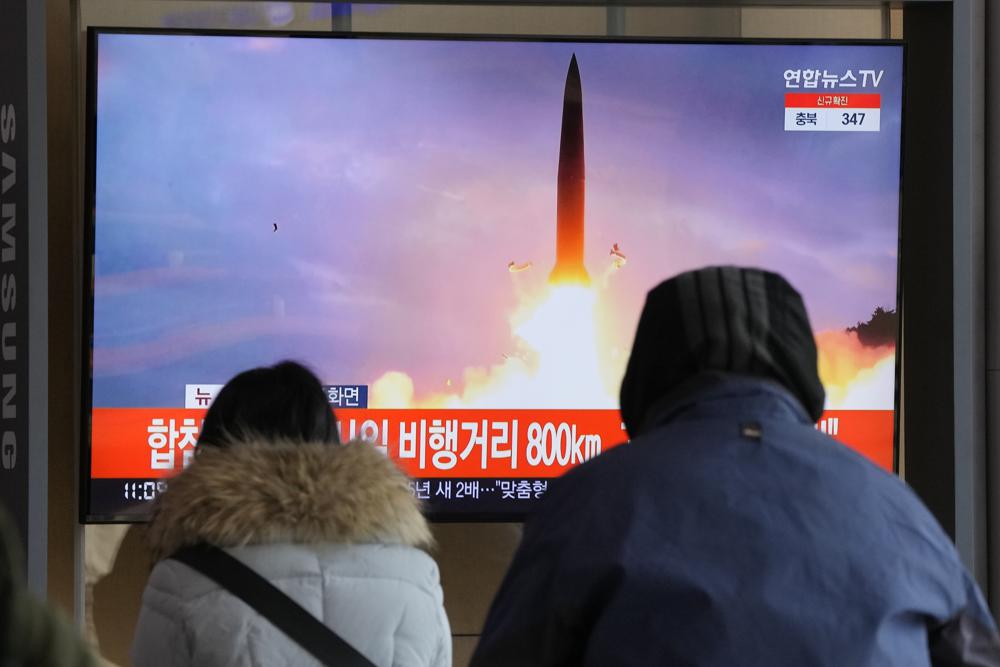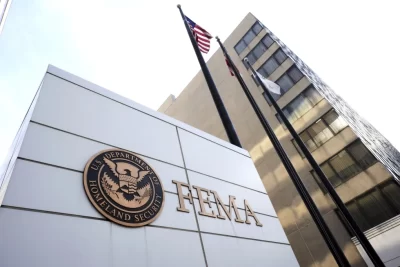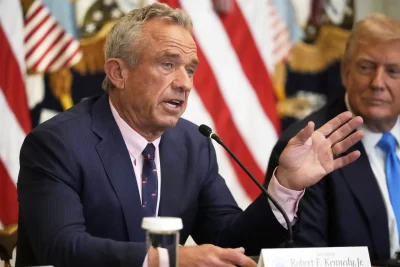
SEOUL, South Korea — North Korea on Sunday fired what appeared to be the most powerful missile it has tested since President Joe Biden took office, as it revives its old playbook in brinkmanship to wrest concessions from Washington and neighbors amid a prolonged stalemate in diplomacy.
The Japanese and South Korean militaries said the missile was launched on a high trajectory, apparently to avoid the territorial spaces of neighbors, and reached a maximum altitude of 2,000 kilometers (1,242 miles) and traveled 800 kilometers (497 miles) before landing in the sea.
The flight details suggest the North tested its longest-range ballistic missile since 2017, when it twice flew intermediate-range ballistic missiles over Japan and, separately, three intercontinental ballistic missiles that demonstrated the potential to reach deep into the American homeland.
Sunday’s test was North Korea’s seventh round of launches this month. The unusually fast pace of tests indicates its intent to pressure the Biden administration over long-stalled nuclear negotiations as pandemic-related difficulties put further stress on an economy broken by decades of mismanagement and crippling U.S.-led sanctions
While desperate for outside relief, Kim has showed no willingness to surrender the nuclear weapons and missiles he sees as his strongest guarantee of survival. Analysts say Kim’s pressure campaign is aimed at forcing Washington to accept the North as a nuclear power and convert their nuclear disarmament-for-aid diplomacy into negotiations for mutual arms reduction.
South Korean President Moon Jae-in called an emergency National Security Council meeting where he described the test as a possible “mid-range ballistic missile launch” that brought North Korea to the brink of breaking its 2018 self-imposed moratorium on the testing of nuclear devices and longer-range missiles.
Japanese Defense Minister Nobuo Kishi also told reporters that the missile was the longest-range the North has tested since its Hwasong-15 ICBM in November 2017.
North Korean leader Kim Jong Un chaired a ruling party meeting on Jan. 20, where senior party members made a veiled threat to lift the moratorium, citing what they perceived as U.S. hostility and threats.
The latest launch suggests Kim’s moratorium is already broken, said Lee Choon Geun, a missile expert and honorary research fellow at South Korea’s Science and Technology Policy Institute.
In his strongest comments toward the North in years, Moon said the situation around the Korean Peninsula is beginning to resemble 2017, when North Korea’s provocative run in nuclear and long-range missile testing resulted in an exchange of war threats between Kim and then-President Donald Trump.




